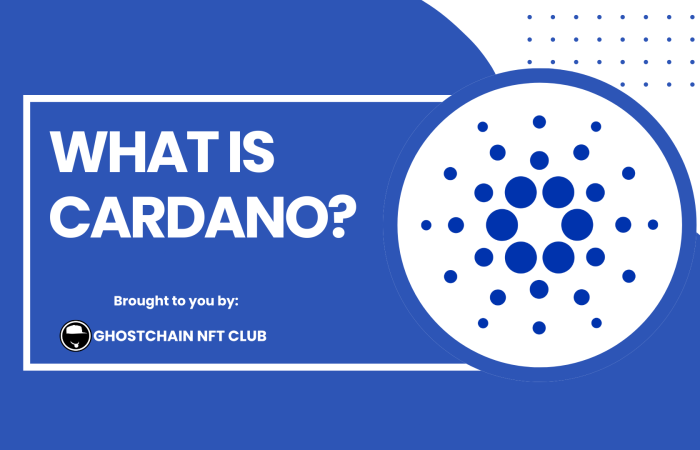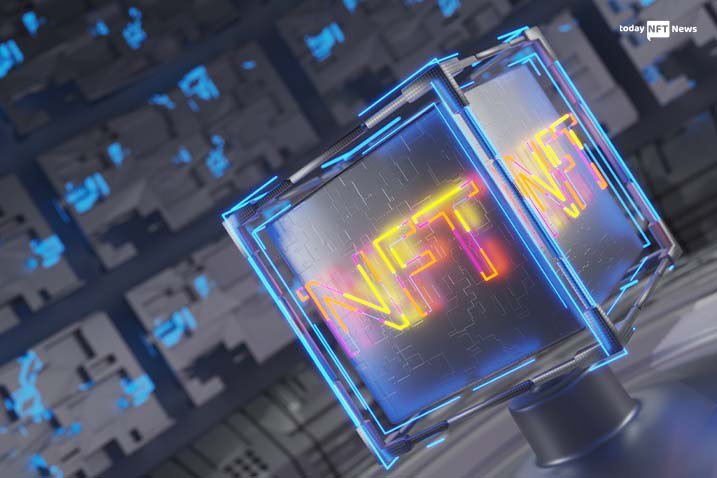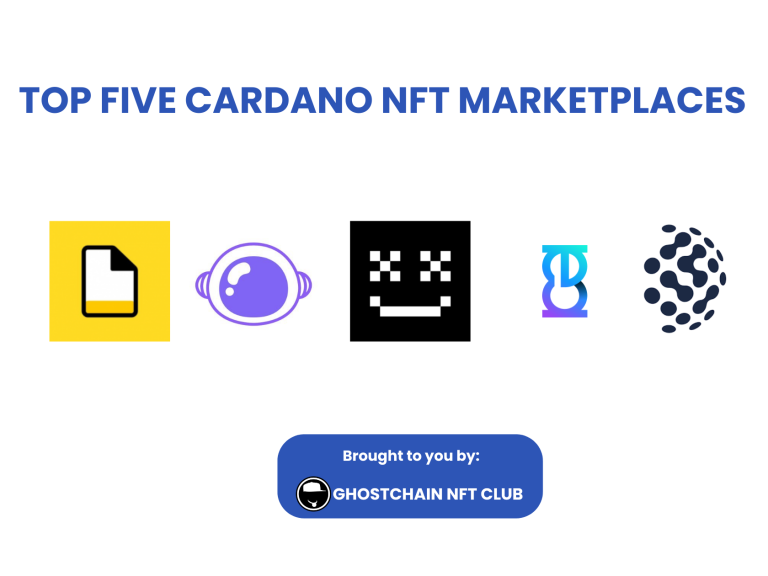Table of Contents
What is Cardano?
Cardano is a proof-of-stake blockchain platform founded by Charles Hoskinson in 2015. It is used for creating decentralized applications, NFTs, and other Web3 applications.
Billing itself as a “third generation blockchain” behind Bitcoin (first generation) and Ethereum (second generation), Cardano aims to have versatile smart contract technology while remaining highly scalable and energy-efficient.
How is Cardano different from other crypto projects?
Cardano is a cryptocurrency, but it differs from almost every other project in that it focuses on peer-reviewed research and evidence-based approaches for implementation. Much hype has been made about Ethereum transitioning to a Proof-of-Stake (PoS) consensus mechanism, but Cardano has had a proprietary PoS consensus mechanism from the start named Ouroboros. This unique operating procedure was developed and vetted by computer scientists and cryptographers from around the world at top research institutions.
Who governs Cardano?
Cardano is backed by three entities: IOHK, The Cardano Foundation, and Emurgo. All three share separate but complementary duties in helping the network grow and develop. Unlike other blockchains set up as nonprofits or DAOs, Cardano has taken an academic approach to build its blockchain and is set up as a primarily for-profit network to incentivize development and stability. Access to Cardano is open and welcomed by all, but profits incentivize its development over losses, real-world use cases, and organic adoption by those who recognize its advanced utility.
What does Cardano’s roadmap look like?
The roadmap of Cardano features five phases: Byron, Shelley, Goguen, Basho, and Voltaire. Each stage is named after a great thinker and represents a singular achievement in the Cardano ecosystem (such as implementing smart contracts, scaling, or governance). In brief, the phases are:
1 – Byron (Foundation): When Cardano first started in September 2017, users were able to buy and sell ADA as a cryptocurrency, along with having access to IOHK’s official desktop wallet (Daedalus) along with Yoroi, a light wallet from IOHK’s sister company Emurgo. This stage was focused on community building, listings on exchanges, as well as making sure that the technology surrounding the Ouroboros proof-of-stake protocol was robust and functioning properly.
2 – Shelley (Decentralization): As the network continued to evolve in the Shelley era, the emphasis became decentralization instead of relying on a single node or group of trusted validators from Cardano’s incubators. With increasing adoption during this period and the introduction of delegation and staking pools, users became incentivized through honest participation to decentralize the network and reach the equilibrium goal of more than 1,000 stake pools. By becoming more decentralized and moving away from control at a central point of authority, the ecosystem continued to mature and become one of the most decentralized blockchains in existence.
3 – Goguen (Smart Contracts): The Goguen era was highlighted by the introduction of smart contracts on the Cardano network, which facilitated the creation of decentralized apps (Dapps), non-fungible tokens (NFTs). Cardano developed its own smart contract development language called Plutus to use with Cardano’s functional programming language Haskell. Many of the developments of this era were taking technical functions and making them accessible to non-technical users, such as creating native tokens on Cardano or executing complex smart contracts through simple UX/UI. The goal of the Goguen era was to upgrade Cardano so that it could be used not only by technical individuals, but at the enterprise and commercial level with ease.
4 – Basho (Scaling): As of the publication of this article, we are currently in the Basho era of Cardano which focuses on optimization above all. Previous eras laid the development and foundation of Cardano’s ecosystem and network, with this new era focused on sidechains, the ability to switch between a UTXO model or account-based model, and interoperability with other networks. Some think that the Basho era will be the era of “mass adoption” where Cardano will finally be recognized by a majority for its consistent and academic development.
5 – Voltaire (Governance): While the Voltaire era of Cardano is still in the future, it remains an optimistic one to look forward to. In this era, Cardano will adopt voting and treasury mechanisms so that voting rights through staking may influence future development of the network positively. The highest hopes of this era are that with a functional treasury and voting rights, IOHK can cede control of the network over to the community – making it fully decentralized.
Learn more about these phases and take a deep dive into each of them (including what phase we’re in now) by reading our article on it!
Does Cardano support NFTs?
Yes, and this is because Cardano was built from the beginning to have stellar smart contract abilities. Unlike other blockchains, NFTs on Cardano can be sent just like ADA and with minimal fees. For more on Cardano NFTs, read our explainer article!
The Cardano NFT (CNFT) community is quite rabid and brings together a diverse set of people. Not only does Cardano attract lots of quality artists, but it also attracts intelligent minds who passionately want to solve problems and provide utility to their communities. Cardano NFTs can provide all the functionality, security, and enjoyment as other blockchains can at a fraction of the cost in time and fees.
Why is Cardano’s token called “ADA”?
Cardano’s native token is named ADA (or Ada), after Ada Lovelace, a woman and 19-century mathematician commonly thought to be one of the world’s first computer programmers.
ADA tokens utilize the same function as ETH does in the Ethereum ecosystem – paying transaction fees and being used for staking by validators. Cardano plans to allow ADA to be used as a governance token soon, meaning that ADA holders can vote on changes they’d like to see. Currently, ADA can be staked, used as a currency, or have the utility to hold assets in a smart contract.
Who can use Cardano?
Anyone with an internet connection and a crypto wallet can use Cardano if they’re willing to learn how to send and receive crypto. Cardano is available to buy, sell and trade on almost all major cryptocurrency exchanges, and there is no restriction or regulations on how much you can buy or hold.
Cardano does not market itself to any one group of people or try to limit its user base. As an ambitious, worldwide project, founder Charles Hoskinson has noted that he wants Cardano to be utilized by those worldwide that do not have access to vital services such as banking, digital identity, property rights, and more.
What is the total Cardano supply?
According to data from Messari, Cardano has a circulating supply of more than 34 billion tokens with an inflation rate of 1.92%. Unlike Bitcoin, which has a hard cap of 21 million coins, Cardano does not have a limit to its supply. Instead, its low inflation rate and manageable fees seek to incentivize validators in its unique Proof-of-stake network to keep the blockchain moving forward into the distant future indefinitely.
Is Cardano a “ghost chain”?
Many critics of Cardano and its ecosystem will say that it is a “ghost chain” with a small number of users and activity on its network. This proclamation is self-evident when comparing Cardano to the most prominent cryptocurrency, Bitcoin, or the second-largest, Ethereum. Except for the fabulous CNFT project Ghostchain NFT Club, nothing about Cardano or its community matches this assumption.
If one simply looks at publicly available data, Cardano is consistently ranked in the top 10 projects by market cap alone. As of this writing, which is deep in the 2022 “crypto winter,” Cardano still has a market cap of more than $15 billion and a daily trading volume of more than $800 million. While it is hard to estimate the number of daily users, transaction volume has been consistently increased over time and shows no signs of stopping.
With metrics this good, Cardano is hardly a ghost chain!
Embedded video explainer
TLDR? Are words not your style of learning? Then look at this great video put out by the Wall Street Journal that explains Cardano and its unique digital ecosystem.








